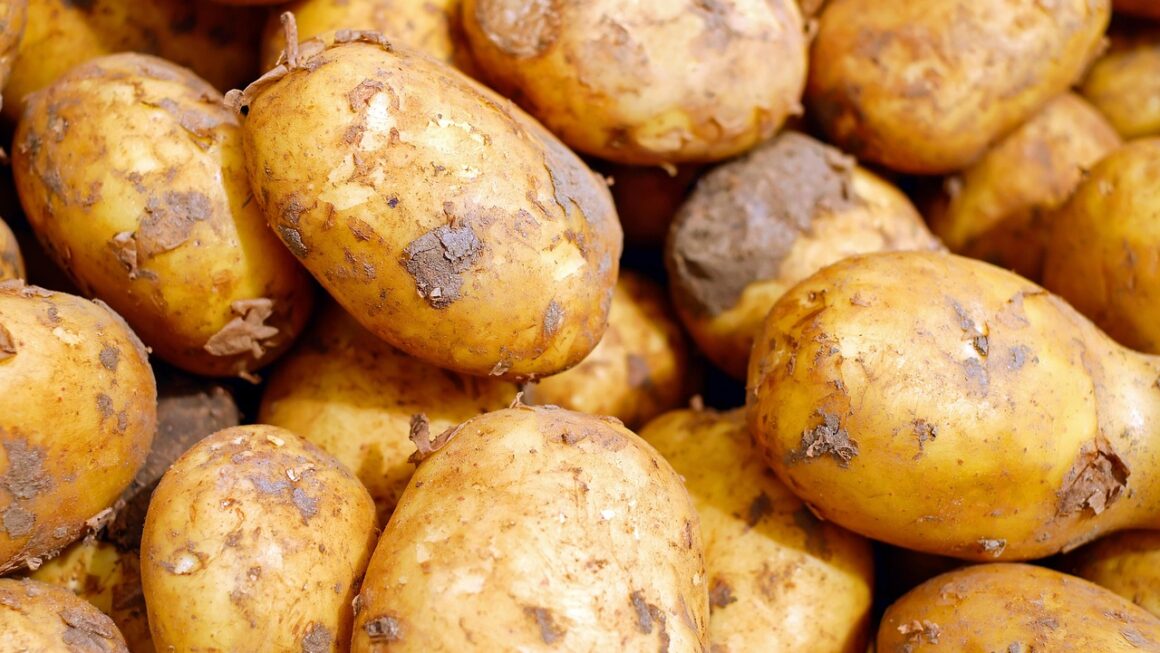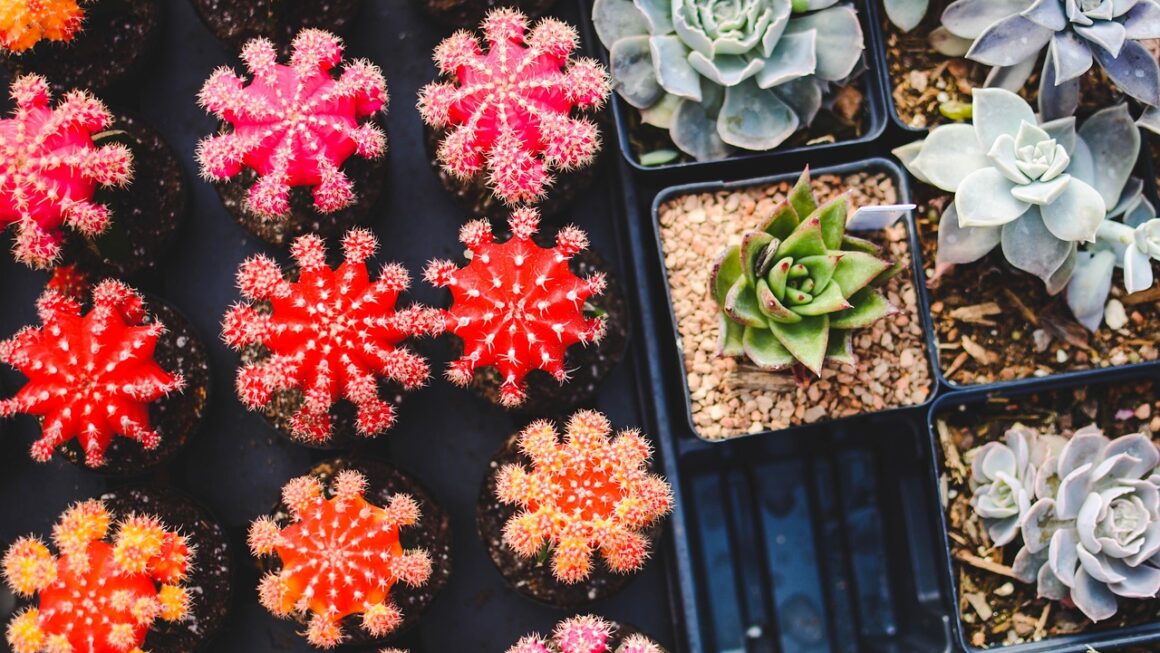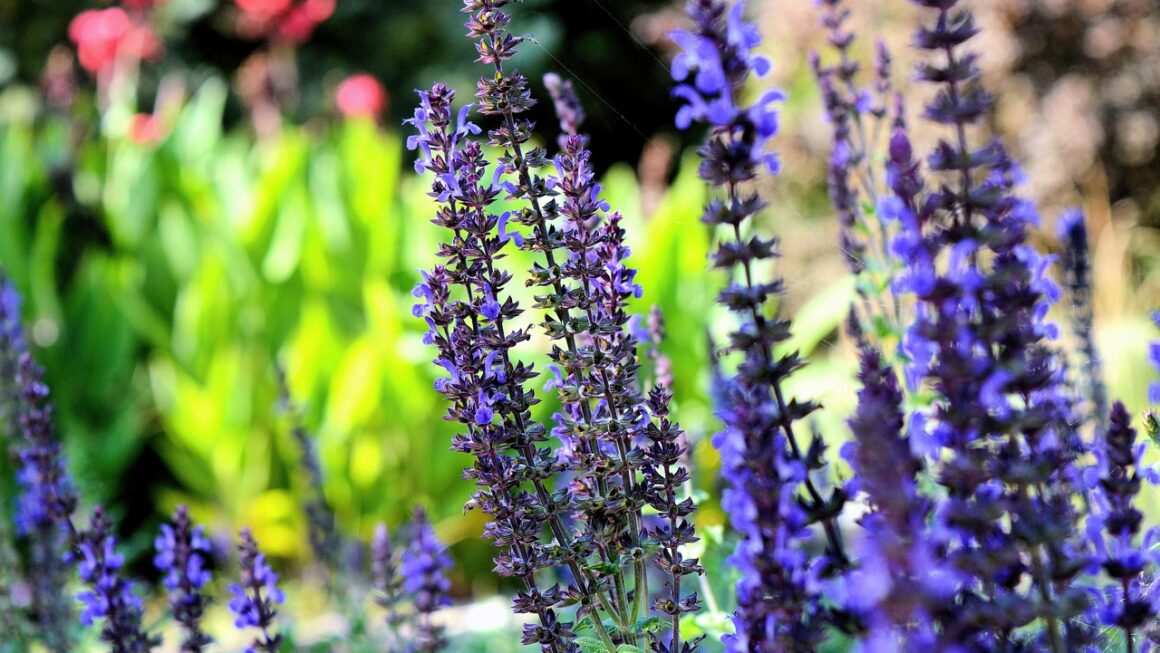Getting the watering schedule right is crucial for vibrant, healthy plants, whether you’re tending to a sprawling garden or a collection of houseplants. Too little water and your plants will wither; too much, and you risk root rot. Finding that sweet spot can feel like a guessing game, but with a little knowledge about plant needs, soil types, and environmental factors, you can create a watering schedule that ensures your greenery thrives. This guide will break down everything you need to know about watering your plants effectively.
Understanding Your Plants’ Needs
Identifying Plant Types and Their Watering Preferences
Not all plants are created equal when it comes to water. Some, like succulents and cacti, are drought-tolerant and prefer infrequent watering, while others, like ferns and many flowering plants, need consistent moisture. Understanding your specific plants’ needs is the first step.
- Succulents and Cacti: These desert dwellers store water in their leaves and stems. Water thoroughly when the soil is completely dry, then let it dry out completely before watering again. Overwatering is a common killer.
- Ferns: Native to damp environments, ferns prefer consistently moist soil. Check the soil daily and water when the top inch feels dry to the touch.
- Flowering Plants: Needs vary greatly. Research each species individually. Many prefer the soil to be moist, but not waterlogged. Look for signs like drooping leaves, which can indicate both overwatering and underwatering.
- Vegetables: Vegetable gardens often require frequent and consistent watering, especially during fruiting. Consider drip irrigation for efficient water delivery.
Recognizing Signs of Underwatering and Overwatering
Learning to read your plants is essential. They will tell you if they are unhappy with their watering schedule.
- Underwatering Signs:
Wilting or drooping leaves
Dry, brittle leaves
Stunted growth
Dry soil that pulls away from the sides of the pot
- Overwatering Signs:
Yellowing leaves (especially lower leaves)
Soft, mushy stems
Root rot (smells musty)
Standing water in the pot or garden bed
* Mold or mildew growth on the soil surface
Considerations for Different Growth Stages
A young seedling has very different watering needs than a mature plant. Seedlings need consistent moisture to establish their roots, but are also more susceptible to fungal diseases from overwatering. Mature plants might require less frequent, but deeper watering to encourage strong root growth.
- Seedlings: Keep the soil consistently moist, but not soggy. Use a spray bottle or gentle watering can to avoid disturbing the delicate roots.
- Young Plants: Increase watering frequency and volume as the plant grows. Monitor the soil moisture and adjust accordingly.
- Mature Plants: Water deeply and less frequently to encourage deep root growth. This makes the plant more drought-tolerant.
The Importance of Soil Type
Different Soil Types and Water Retention
The type of soil significantly impacts how often you need to water. Different soil compositions retain water at different rates, affecting the availability of moisture to your plants.
- Sandy Soil: Drains quickly and doesn’t retain water well. Requires more frequent watering.
- Clay Soil: Retains water for longer periods, but can become compacted and poorly aerated. Requires less frequent watering.
- Loamy Soil: A balanced mix of sand, silt, and clay, providing good drainage and water retention. The ideal soil for most plants.
How to Improve Soil Drainage
If your soil drains poorly, you can improve it by adding organic matter such as compost, peat moss, or well-rotted manure. This will improve aeration and drainage, preventing waterlogging.
- Amend Clay Soil: Add organic matter and coarse sand to break up the clay particles and improve drainage.
- Amend Sandy Soil: Add organic matter to increase water retention.
- Consider Raised Beds: Raised beds provide excellent drainage and allow you to control the soil composition.
Testing Soil Moisture Levels
Use your finger to check the soil moisture a few inches below the surface. If it feels dry, it’s time to water. Alternatively, you can use a moisture meter for more accurate readings. Soil moisture meters are available at most gardening supply stores.
Creating a Watering Schedule
Assessing Environmental Factors
The climate, season, and location (indoor vs. outdoor) all play a role in determining your watering schedule. Plants in hot, sunny environments will need more frequent watering than those in cooler, shaded areas.
- Climate: Hot, arid climates require more frequent watering than cool, humid climates.
- Season: Plants typically need more water during the growing season (spring and summer) and less during dormancy (fall and winter).
- Location: Indoor plants generally need less water than outdoor plants, as they are not exposed to direct sunlight, wind, and temperature extremes.
Developing a Regular Watering Routine
Establish a routine and stick to it as much as possible. This will help you avoid forgetting to water your plants and prevent overwatering.
- Morning Watering: Watering in the morning allows plants to absorb moisture before the heat of the day, reducing water loss through evaporation.
- Consistent Monitoring: Check your plants regularly (every day or every other day) to assess their moisture needs.
- Adjusting as Needed: Be prepared to adjust your watering schedule based on changes in the weather, plant growth, and soil conditions.
Utilizing Watering Tools and Techniques
Choose the right watering tools and techniques to ensure efficient and effective water delivery.
- Watering Cans: Suitable for small gardens and houseplants. Choose a can with a rose head for a gentle shower.
- Garden Hoses: Useful for larger gardens, but be careful not to overwater.
- Drip Irrigation: Delivers water directly to the roots, minimizing water loss and promoting healthy growth.
- Soaker Hoses: Similar to drip irrigation, but less precise. Good for closely planted rows of vegetables or flowers.
- Self-Watering Containers: These containers have a reservoir that slowly releases water to the plant. Great for those who tend to overwater.
Smart Watering Practices
Deep Watering vs. Shallow Watering
Deep watering encourages roots to grow deeper into the soil, making plants more drought-tolerant. Shallow watering, on the other hand, can lead to shallow root systems that are more susceptible to drying out.
- Deep Watering: Water slowly and deeply until the water reaches the root zone. This can be achieved by watering for a longer period of time at a lower flow rate.
- Shallow Watering: Avoid frequent, shallow watering that only wets the surface of the soil.
Mulching for Moisture Retention
Mulch helps to retain soil moisture, suppress weeds, and regulate soil temperature. Apply a 2-3 inch layer of organic mulch around your plants, leaving space around the base of the stems to prevent rot.
- Organic Mulch: Straw, wood chips, shredded bark, compost. Decomposes over time, adding nutrients to the soil.
- Inorganic Mulch: Gravel, stones, landscape fabric. Doesn’t decompose, but provides long-lasting weed control.
Collecting and Reusing Water
Conserve water by collecting rainwater in barrels or containers. Use this water to irrigate your plants, reducing your reliance on municipal water sources. Also, reuse greywater (water from showers, sinks, and laundry) for non-edible plants, ensuring it’s free of harmful chemicals.
The Benefits of Automated Watering Systems
Automated watering systems, such as drip irrigation systems with timers, can save you time and ensure consistent watering, especially when you are away from home.
- Programmable Timers: Automate your watering schedule and adjust it based on weather conditions.
- Moisture Sensors: Monitor soil moisture levels and adjust watering accordingly.
- Mobile Apps: Control your watering system remotely using a smartphone or tablet.
Conclusion
Mastering the art of watering is fundamental to successful gardening and healthy houseplants. By understanding your plants’ individual needs, assessing environmental factors, utilizing the right tools and techniques, and adopting smart watering practices, you can create a watering schedule that promotes vibrant growth and conserves water. Remember to always monitor your plants closely and adjust your schedule as needed to ensure they receive the optimal amount of moisture. Consistent observation and adjustments based on visual cues from your plants are the key to a thriving garden or indoor jungle.




